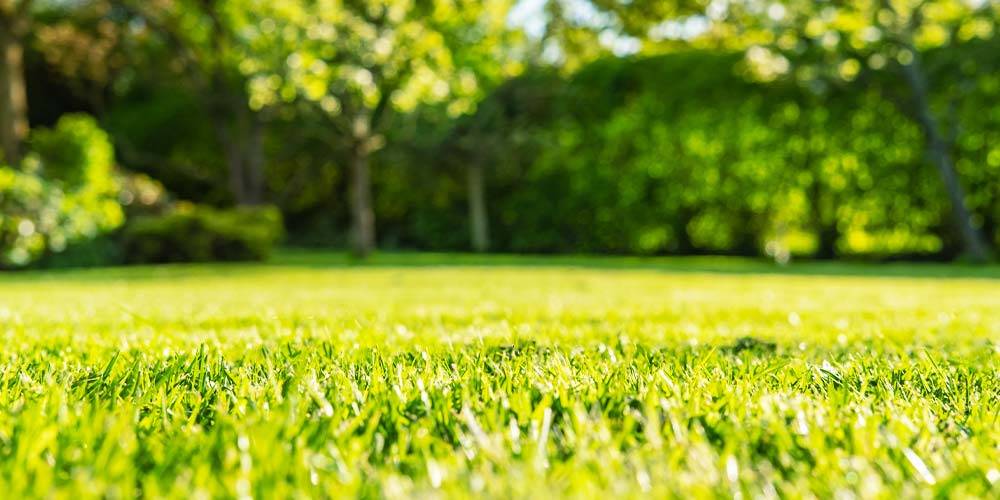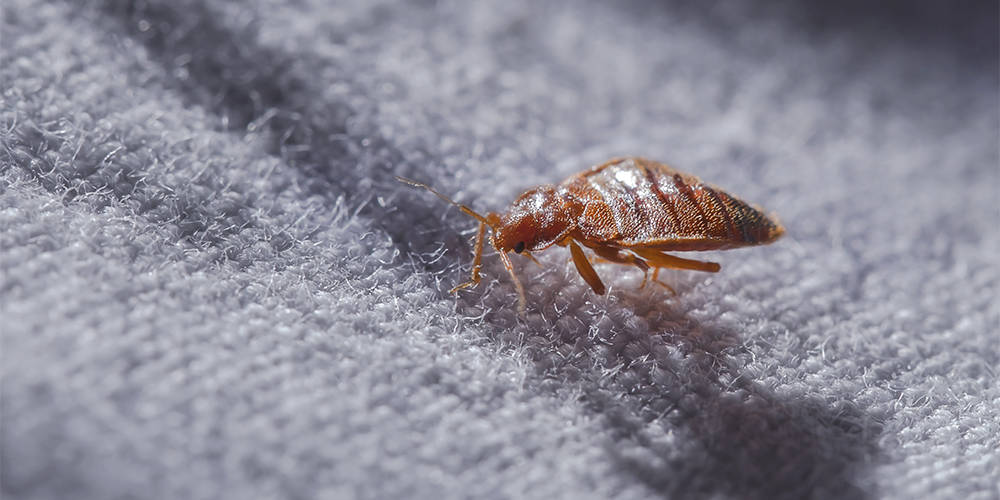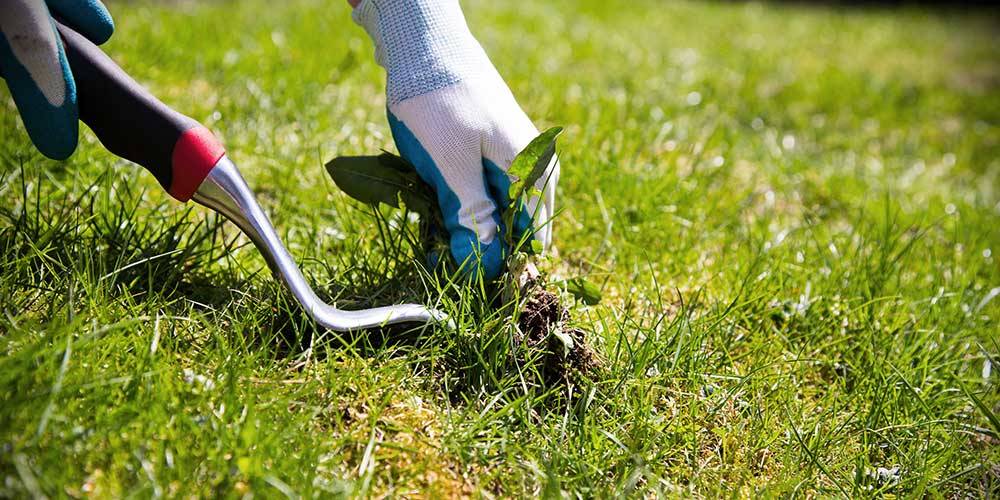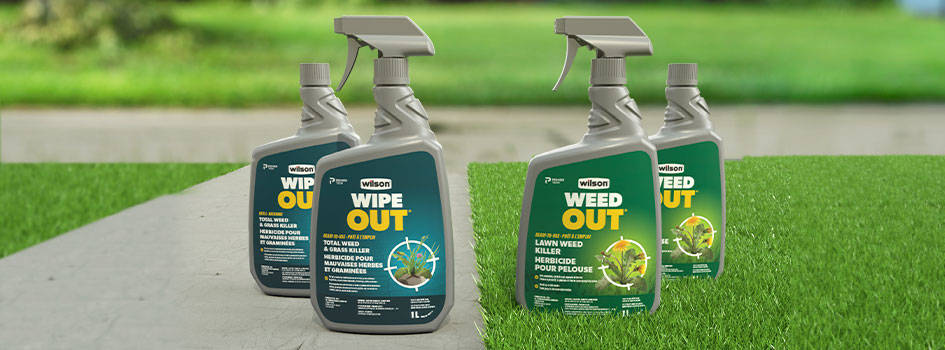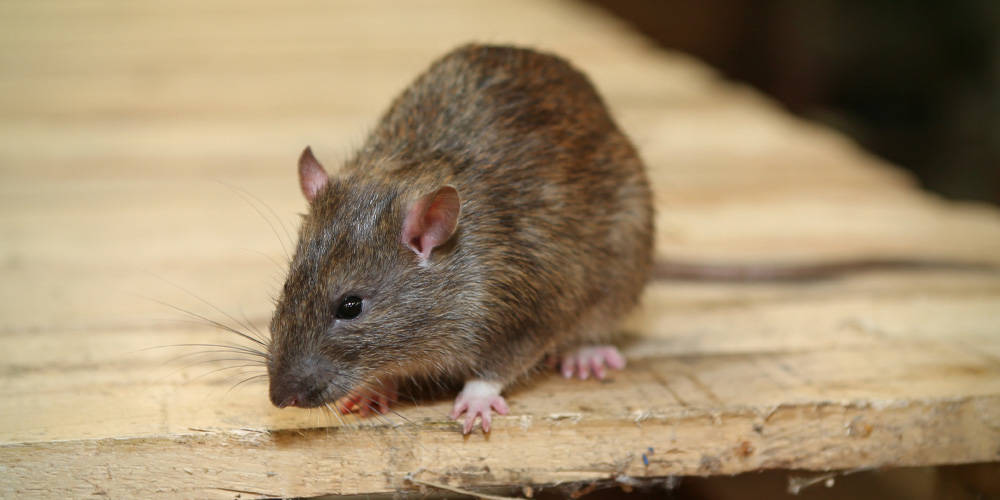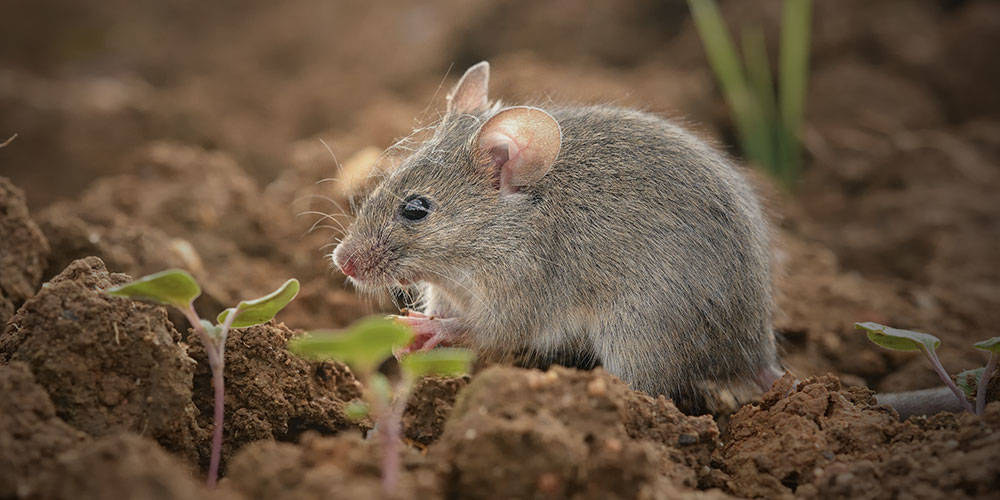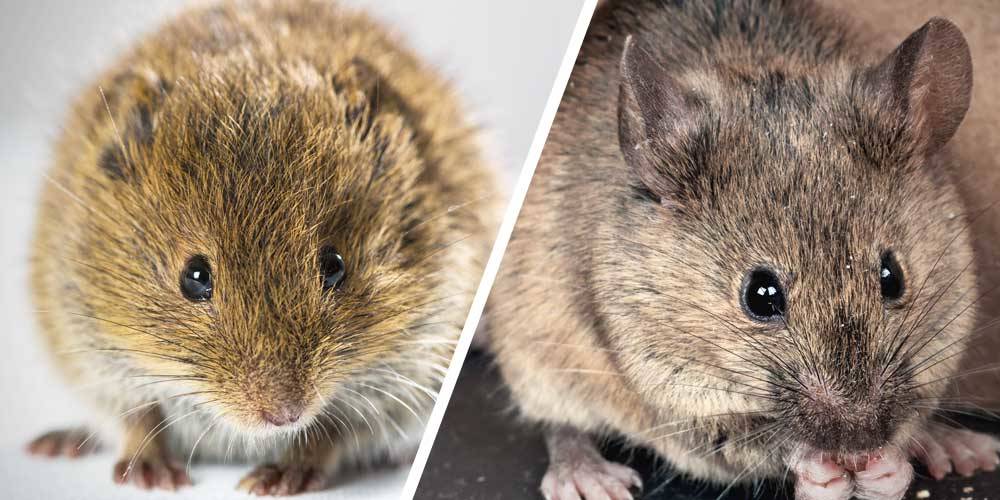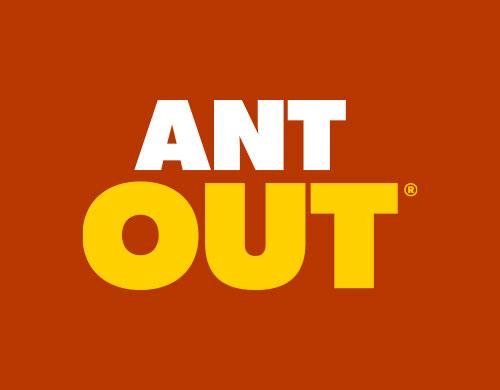Getting ants out of the house in 3 simple steps
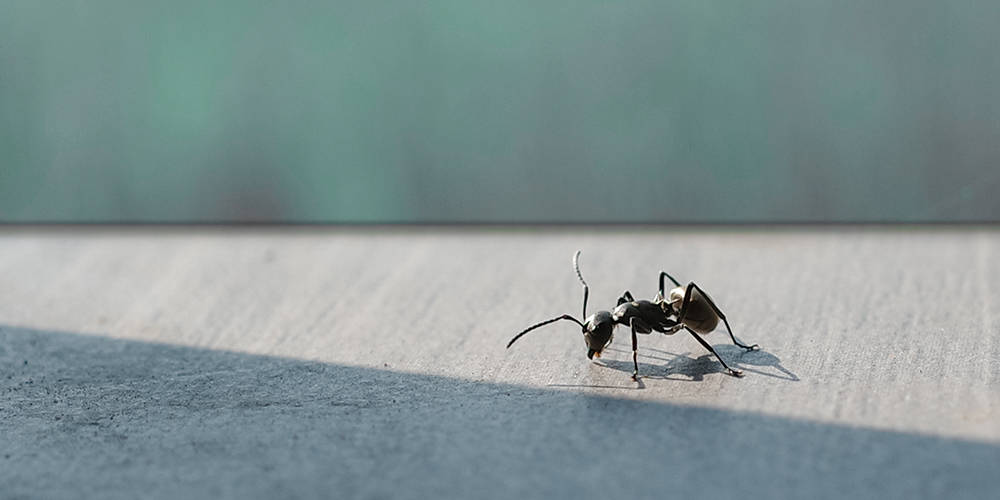
Summer is here, and that sometimes means ants make their appearance indoors. It starts with one, then two, and before you know it, your home is infested.
In general, most ants found in Canada are garden dwellers that do more good than harm, such as aerating soil or controlling damaging pests like aphids. But ants roaming around and inside the home are a nuisance that can spread unwanted bacteria on food and surfaces.
Every spring and throughout the summer/fall season, ants are hungry and have a nest full of younger versions to feed. And your house can have lots of ant food available. The scouting ants enter your home through cracks, scavenging for crumbs, sweets, spilled oil or grease and many edible items that can be found in pantries and kitchens. Once they locate a source, they leave an invisible trail that will be followed by many other ants coming from the colony nest. On the patio or deck, you may leave lots of potential ant food from your barbequing and outdoor eating activities. Now your home is a regular target for these insects.
There are over 100 species of ants in Canada. However, the most common ones are pavement ants, pharaoh ants, odorous house ants, thief ants and the larger carpenter ants.
Pavement ants:
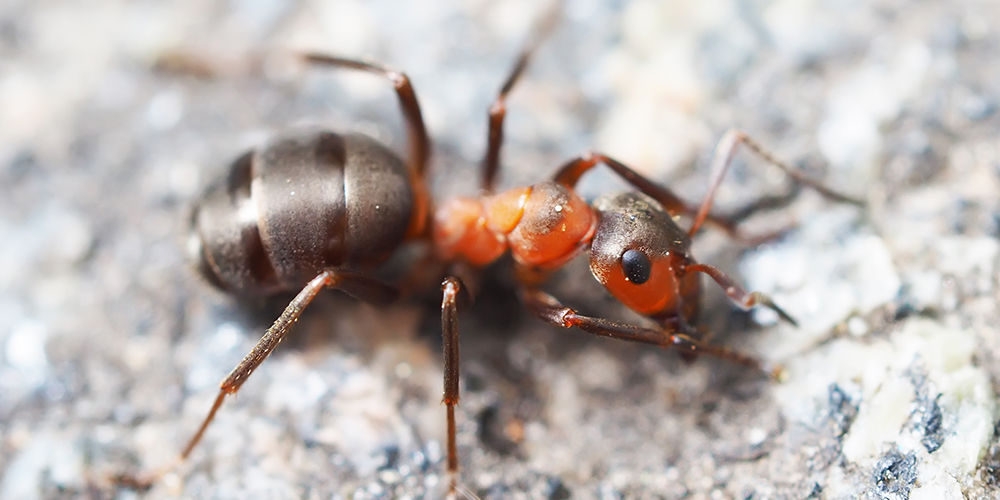
They have brown or black bodies with pale legs, about 2.5 to 4 mm long. Pavement ants are the ones that you see in concrete and paving stone cracks, leaving sand piles for their colony entrance. If their scout ants find food sources close to your home, they can enter it through cracks and leave an ant trail for the rest to follow. Use Wilson ANT OUT Ant Stakes along their trail to your house, or spray Wilson ANT OUT Jet Foam Ant Killer into their nest entrance.
Pharaoh ants:
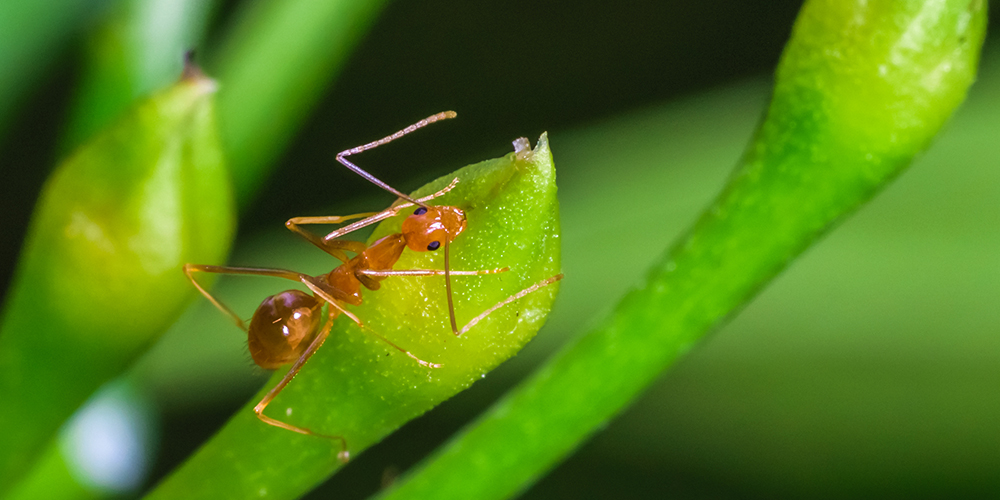
They are the tiny (2 mm) yellowish brown ants considered a real nuisance, as they prefer to live in your house. Pharaoh ants make their way in through cracks, torn screens and poorly sealed doors. They tend to nest under floors and behind walls, making them hard to control. Wilson ANT OUT bait stations work best with these ants.
Odorous house ants:
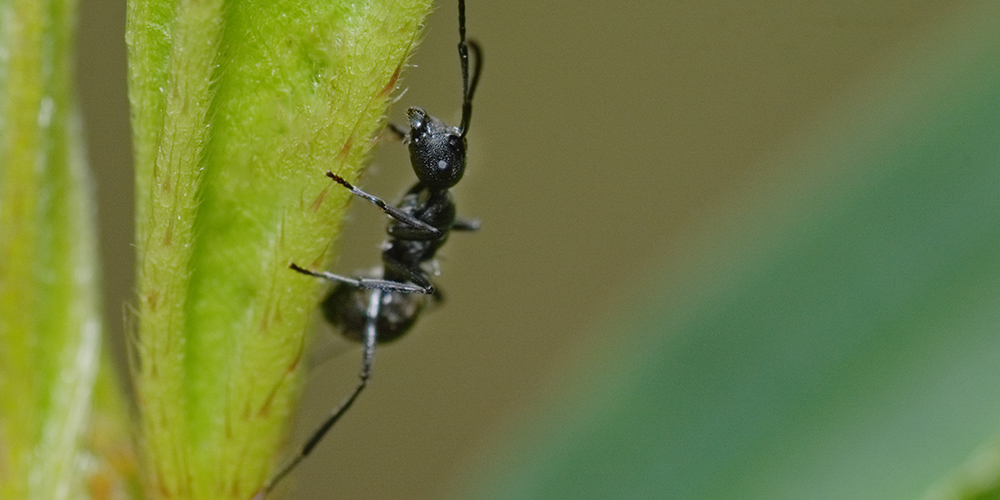
Odorous house ants get their name because they emit a bad smell when startled or crushed. They are dark grey, black or brown, from 2 to 3 mm in length. They nest outdoors under logs, stones, mulch or debris. However, they are known to move locations often, usually because of rains that flood out their shallow nests. That is when they find the cracks in your nice, dry house! Sealing these spots or spraying Wilson ANT OUT Jet Foam Ant Killer on points of entry will discourage this opportunity.
Thief ants:
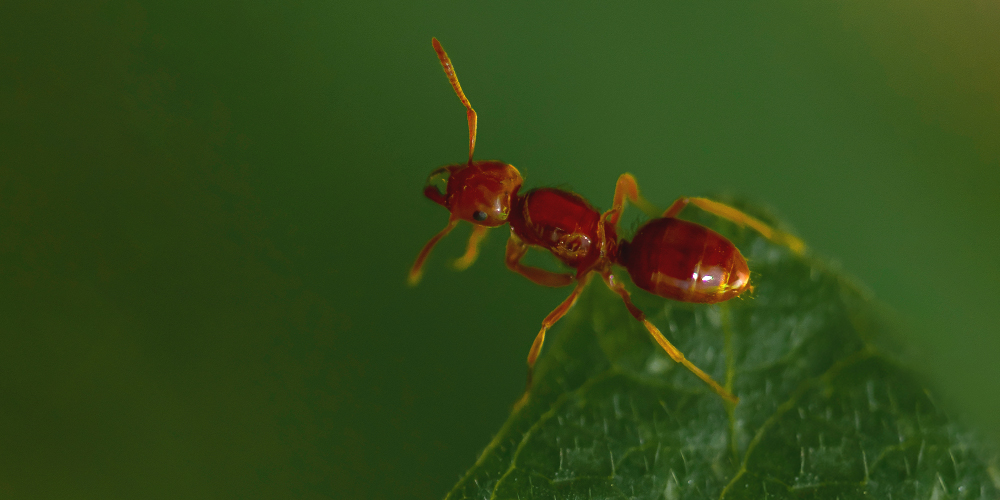
Thief ants are the tiniest, at 1-2 mm in length. Typically, it is yellowish to light brown in colour. It gets its name from nesting close to other ant nests and stealing food from them. But like other ants, if there is a crevice or crack in your house that gives them an opportunity to crawl in, they will. Like pharaoh ants, they will nest under floors and inside walls. Wilson ANT OUT bait stations work best on these ants.
Carpenter ants:
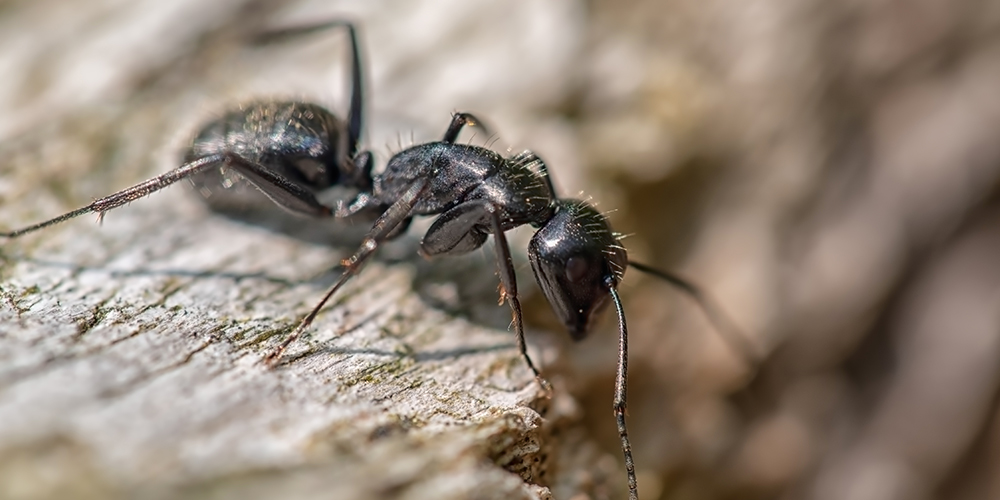
They are the largest in size, ranging from 1.5-2.5 cm, and can cause structural damage. Carpenter ants build nests by burrowing into wood. They dig tunnels, but unlike termites, the wood is not eaten but thrown from the nest as sawdust-like shavings. This sawdust residue is your first clue that you have a colony nearby. Carpenter ants nest in moist wood under decks, porches, around windows and inside roofs. Inside the house, carpenter ant colonies can nest without attacking structural timbers, using hollow spaces like wall voids, attic spaces and hollow doors. Once inside your house they look for sugar, honey, grease, jelly, meat and pet food. You can use ANT OUT Ant Bait Gel and ANT OUT Ant & Roach Killer to kill carpenter ants. But we always suggest contacting a professional exterminator for carpenter ant infestations because these are very tenacious insects that can threaten the structure of a dwelling.
What all these ants have in common is their colony structure: a queen ant, her eggs, larvae and pupae, many female worker ants and to a lesser amount, winged male drones. The queen stays in the nest, laying thousands of eggs, the younger female worker ants feed the larvae and do nest maintenance, and the older female worker ants forage out of the nest for food. The non-working winged male drones are around just for the breeding and then die off. Unlike many other insects, ants do not die off in the winter months. In fact, they slow down and the colony huddles together deep in the soil, only to re-emerge in the spring. Unless, of course, they managed to overwinter in your warm house! There, they remain active.
Ant infestations aren’t completely controlled with simple ant killer sprays, as you may be only removing the ones you see. To get rid of all the ants that are hidden in the nest, you need to have a little patience. Ant bait stations will get rid of all the ants. Ant bait stations contain an attractive food source that has a slow-acting killing mineral called borax. Place the stations where you see ant activity. At first, ants may walk past the station, but within a few hours, they will eventually detect and check out the new food source. The ants take the food back to the colony, sharing it with the nest ants. The borax disrupts their digestion system and kills them slowly. This gives them time to make multiple trips back and forth between the bait and the nest. It may take a week or so, but you’ll get rid of the entire colony this way.
Ant killer sprays and foams are much more useful for spraying in cracks and crevices (that will mess up their trail network), or for use outdoors on ant hills as a foam injection into the centre hole or as a drench, which hopefully will find its way down the nest. Many of the sprays have a residual effect that may last for a week or more. Re-apply as necessary after 7 days.
Ants are important in the garden as they can drive out the predators that damage your plants. However, when they take up residence indoors, you must act before it's too late. Here are a few tips to eliminate ants.
Tip #1: Discover what attracts them to your house
Ants are attracted by food, garbage and sugar. It is important to make sure that food containers are closed tightly. Clean your kitchen thoroughly to remove crumbs and food scraps from hard-to-reach places. Make sure all garbage is put in a garbage can with a tight lid and empty your vacuum cleaner's filter on a regular basis.
Tip #2: Inspect your house
Inspect all doors and windows and make sure they are well sealed. Also, check for cracks in walls and foundations; these tireless workers will gladly use them to infest your home.
Tip #3: Use the right product
Prevention can help avoid infestations, but once ants have taken up residence in your home, you must act quickly. Buy a product designed to kill ants both indoors and outdoors.
Insecticidal spray
Treat locally with an insecticide spray aimed at hiding spots, cracks and crevices. Take the time to spray behind furniture and appliances such as shelving units, refrigerator, stove and sinks. Do not forget to spray along walls and baseboards. Finally, spray along ant trails and near nests and points of entry to the house. Re-apply in case of a new infestation.
Insecticidal dust
Another option is to eliminate ants using insecticidal dust. The benefit of using this kind of product is that it combines two food grade additives: one attracts ants whereas the other is a digestive ingredient. It kills ants within 48 hours. You can apply this product indoors and outdoors in places that will not be affected by strong winds or rainfalls. Apply in the same strategic places as the insecticidal spray.
Gel ant bait
This product is a special food bait that is very attractive to ants. Instead of repelling them, it is designed to lure them. The ants pick up the bait and bring it back to the nest to feed the colony. The bait is applied with a syringe in cracks and crevices around windows and doors, inside or outside. Place baits 1.5 m to 3 m apart.
For more information, read How to get rid of ants indoors.
